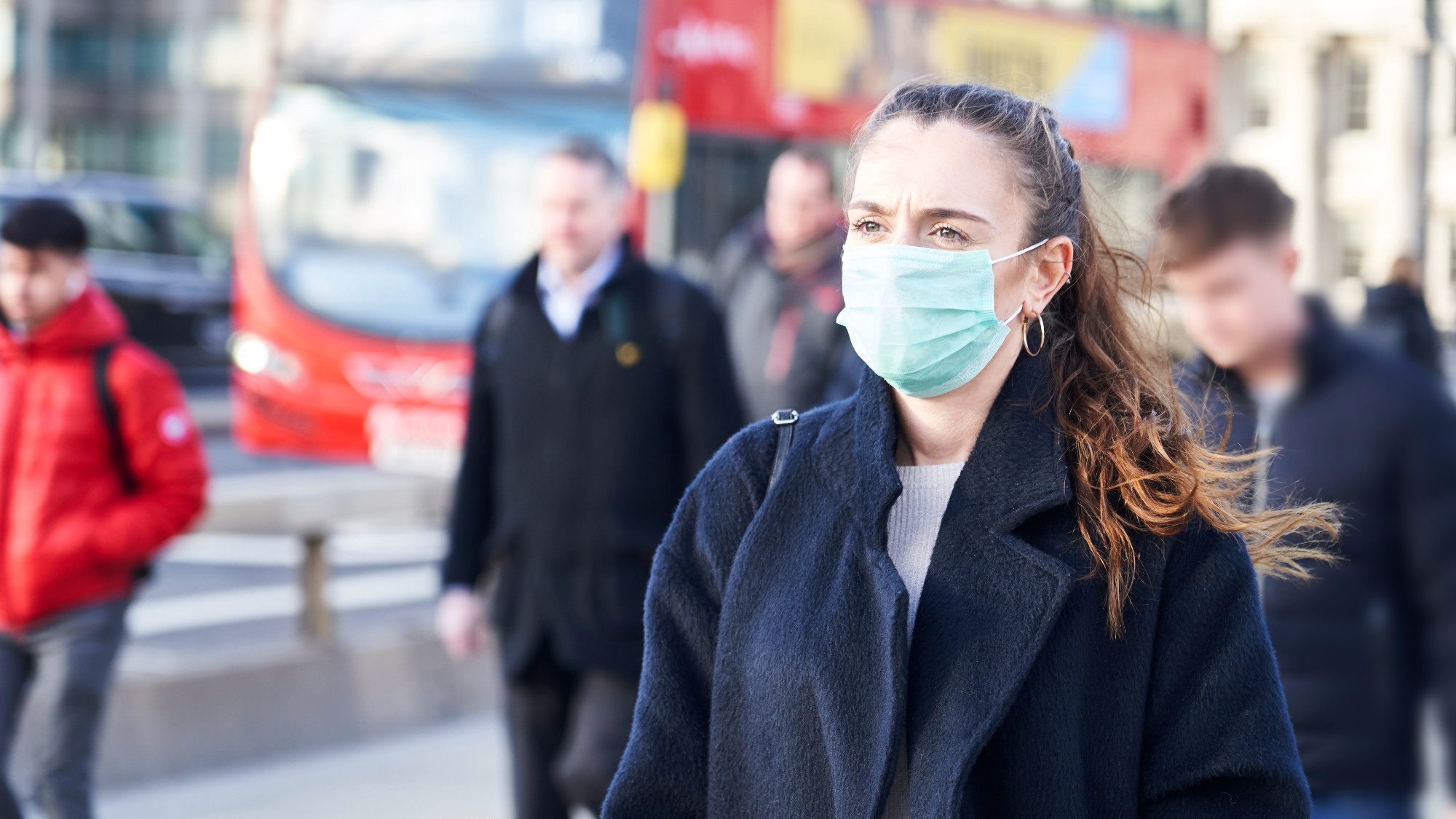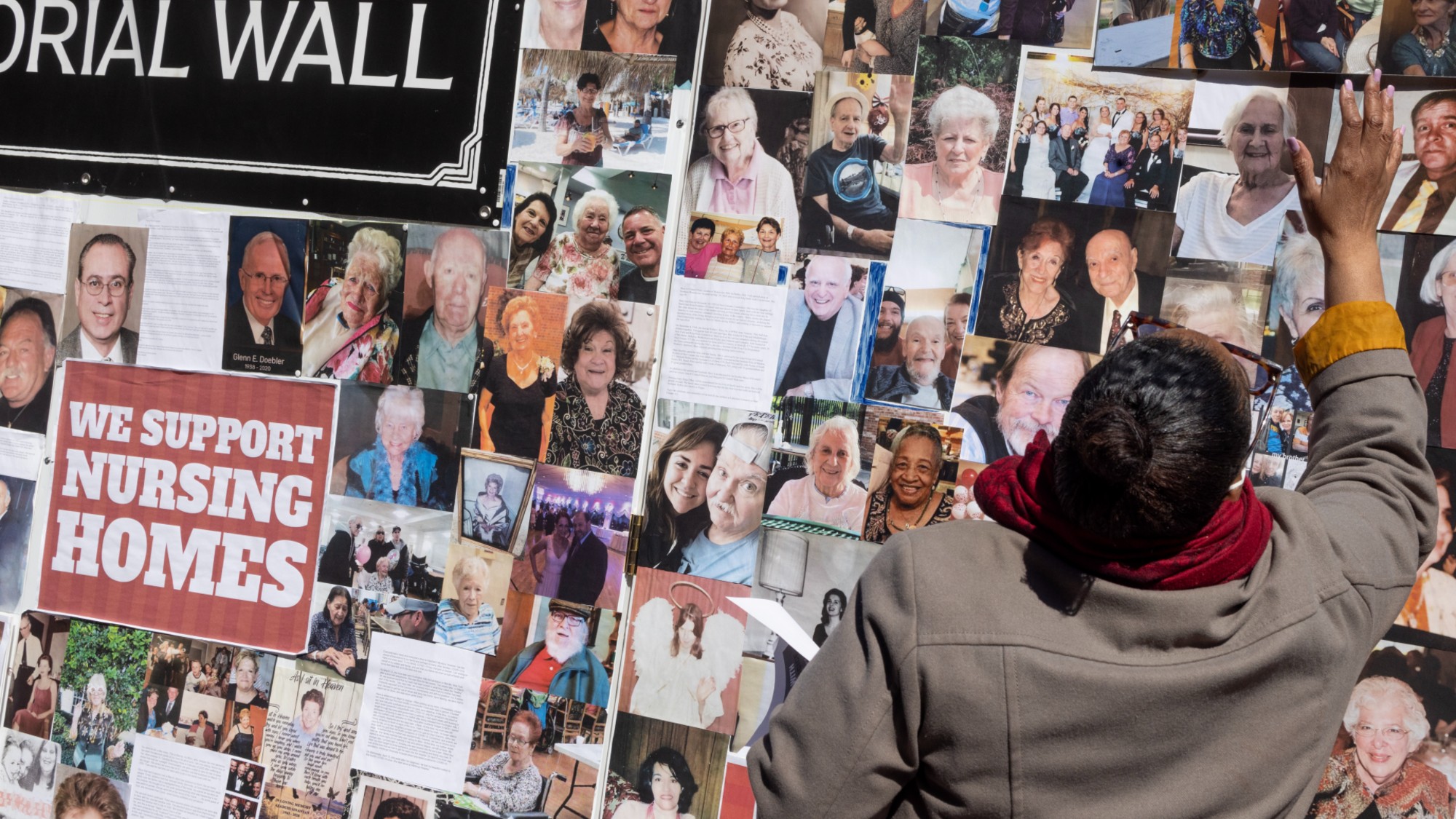Are warnings of a second wave of coronavirus backed by ‘dodgy data’?
Expert claims plans for a second lockdown are based on ‘unreliable’ case figures

The government’s contingency plans for the reintroduction of lockdown regulations are based on “dodgy data” that has sparked unwarranted fears of a second wave of infections, a leading academic is claiming.
Professor John Clancy, a visiting professor at Birmingham City University, argues that implementing strict new social distancing rules would be “lunacy” as around “91% of England”, or 51 million people, “live in neighbourhoods where there hasn’t been a recorded Covid-19 case in the last four weeks”.
Coronavirus testing in the UK is in “total chaos” and that the official figures are “all over the place”, claims Clancy, the former leader of Birmingham City Council. “And policy responses based on it will be chaos too,” he adds.
The Week
Escape your echo chamber. Get the facts behind the news, plus analysis from multiple perspectives.

Sign up for The Week's Free Newsletters
From our morning news briefing to a weekly Good News Newsletter, get the best of The Week delivered directly to your inbox.
From our morning news briefing to a weekly Good News Newsletter, get the best of The Week delivered directly to your inbox.
So is a second wave coming?
The UK death toll from Covid-19 climbed by six on Sunday, bringing the total to 41,429. Although the levels of fatalities and new infections has dropped significantly from the April peak, the likelihood and severity of a second wave is a subject of debate in academic circles.
Professor John Bell, regius professor of medicine at the University of Oxford, warned last week that the UK was set for a “really bumpy” winter, as the coronavirus crisis is exacerbated by seasonal flu outbreaks, Cambridge Live reports.
“My bet is that we will get a second wave, and the vaccines won’t get here in time to stop the second wave,” Bell told a Royal Society of Medicine webinar.
A free daily email with the biggest news stories of the day – and the best features from TheWeek.com
“Just to be crystal clear, it’s going to be a bumpy winter,” he added. “There’s nothing I can see that’s going to make this an easy winter.”
But in a blog post titled “Local lockdown lunacy” that centres on local restrictions being considered for Birmingham, Professor Clancy points out that the government’s own figures show that 87% of the city’s 132 neighbourhoods did not record a single positive case of Covid-19 in the past week.
And “so-called ‘spikes’ are occurring here, there and everywhere up and down the country because new testing regimes are causing them either with false positives, picking up residual infections or (usually more likely) suddenly increased testing in specific areas,” writes Clancy, who argues that “Covid-19-related deaths are the only real reliable figure throughout this pandemic”.
In Birmingham, 53 of the neighbourhoods have not recorded any new cases in the last four weeks, while 46 have not registered a single infection in eight weeks, he reports.
“When you are dealing with such low (and unreliable) numbers, small changes might seem to become spikes,” he continues, noting that the rate of infection per 100,000 in Birmingham “went up from 16 per 100,000 people two weeks ago to 22 per 100,000 last week”.
“That’s seems a jump of almost 40%. But it’s actually just six more people in 100,000. These are micro-numbers, and talking about them in terms of spikes just won’t do. It is certainly not enough to spark policy change.”
How is the government responding?
Despite warnings from Professor Bell and others, Boris Johnson announced earlier this month that wedding receptions, sporting events and indoor performances would be allowed from 15 August, as the BBC reported at the time. Bowling alleys, casinos and soft play centres are also permitted to reopen.
During an interview with The Telegraph last month, the prime minister described implenting another nationwide shutdown as akin to a “nuclear deterrent”. But a senior government source told the newspaper last week that in the event of a significant rise in Covid-related hospital admissions and deaths, the government will “need to think about whether measures need to be taken to reverse things”.
“The strategy is to manage this through local outbreak management, but if it moves in the direction of Spain, then clearly you can see what’s happening there, and in France, people are making more nationwide measures,” the source added. “It depends on the trajectory, and how quickly we can get on top of outbreaks.”
According to latest figures from the European Centre for Disease Control and Prevention, Britain recorded 22.2 new Covid cases per 100,000 people, and 0.2 related deaths, over the past 14 days. By comparison, Spain recorded 152.7 new cases per 100,000 people and 0.7 deaths, while France recorded 67.1 and 0.3 respectively.
-
 Political cartoons for December 14
Political cartoons for December 14Cartoons Sunday's political cartoons include a new White House flag, Venezuela negotiations, and more
-
 Heavenly spectacle in the wilds of Canada
Heavenly spectacle in the wilds of CanadaThe Week Recommends ‘Mind-bending’ outpost for spotting animals – and the northern lights
-
 Facial recognition: a revolution in policing
Facial recognition: a revolution in policingTalking Point All 43 police forces in England and Wales are set to be granted access, with those against calling for increasing safeguards on the technology
-
 Covid-19 mRNA vaccines could help fight cancer
Covid-19 mRNA vaccines could help fight cancerUnder the radar They boost the immune system
-
 The new Stratus Covid strain – and why it’s on the rise
The new Stratus Covid strain – and why it’s on the riseThe Explainer ‘No evidence’ new variant is more dangerous or that vaccines won’t work against it, say UK health experts
-
 RFK Jr. vaccine panel advises restricting MMRV shot
RFK Jr. vaccine panel advises restricting MMRV shotSpeed Read The committee voted to restrict access to a childhood vaccine against chickenpox
-
 RFK Jr. scraps Covid shots for pregnant women, kids
RFK Jr. scraps Covid shots for pregnant women, kidsSpeed Read The Health Secretary announced a policy change without informing CDC officials
-
 New FDA chiefs limit Covid-19 shots to elderly, sick
New FDA chiefs limit Covid-19 shots to elderly, sickspeed read The FDA set stricter approval standards for booster shots
-
 RFK Jr.: A new plan for sabotaging vaccines
RFK Jr.: A new plan for sabotaging vaccinesFeature The Health Secretary announced changes to vaccine testing and asks Americans to 'do your own research'
-
 Five years on: How Covid changed everything
Five years on: How Covid changed everythingFeature We seem to have collectively forgotten Covid’s horrors, but they have completely reshaped politics
-
 HMPV is spreading in China but there's no need to worry
HMPV is spreading in China but there's no need to worryThe Explainer Respiratory illness is common in winter